#historical archaeology
Text

Here's a hell of a unique field school opportunity with the University of Kansas: a dig at the homestead of the notorious Bloody Benders.
The Bender family homestead was located along the Great Osage Trail in the 1870s, and they used portions of their farmhouse as a general store and inn catering to those traveling along the Trail. In reality, the Benders had designed the home to effectively kill, rob, and bury the bodies of the those who stopped at the homestead. The family are believed to have killed at least 21 people. They abandoned the homestead when suspicions about what happened to a series of missing people began to focus on them. It is unknown what happened to the Bender family after they fled the area.
Here's a news article that discusses what the exact goals and plans for the field school are, and how it came about.
#archaeology#archeology#field school#Bloody Benders#historical archaeology#I am not associated with this school or program
56 notes
·
View notes
Text
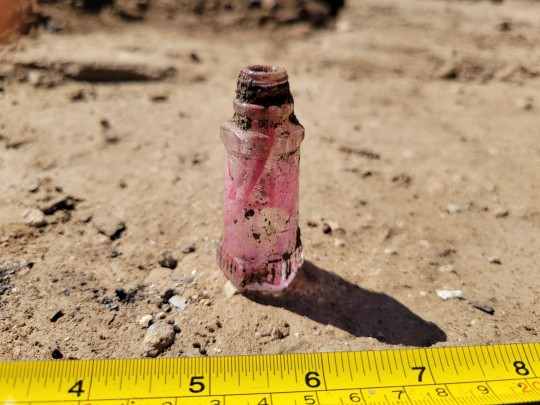

Check out this cool bottle I found at work. It still has nail polish in it!
106 notes
·
View notes
Text
You should always bring your neighborhood historical archaeologist* with you when you go to local breweries, because if you see a weird contraption in the corner, they can probably figure out what it was even if you didn't ask them too and weren't all that curios in the first place.
BEHOLD:


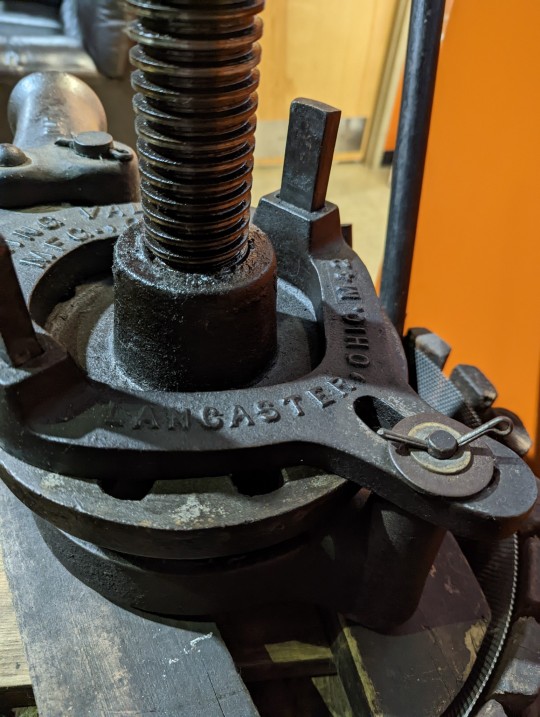

The Hawking Valley mfg Oasis Italian Style fruit press!!!

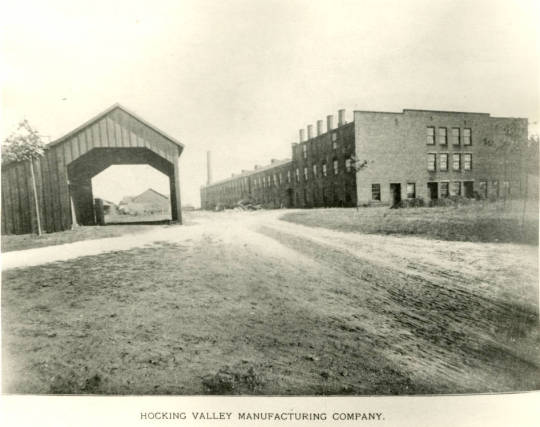

*prehistoric archaeologists, unfortunately, cannot read and are thus challenged by historical archives research
#he speaks#archaeology#historical archaeology#this is a JOKE I love my prehistoric arch colleagues#even though they can't read
511 notes
·
View notes
Text
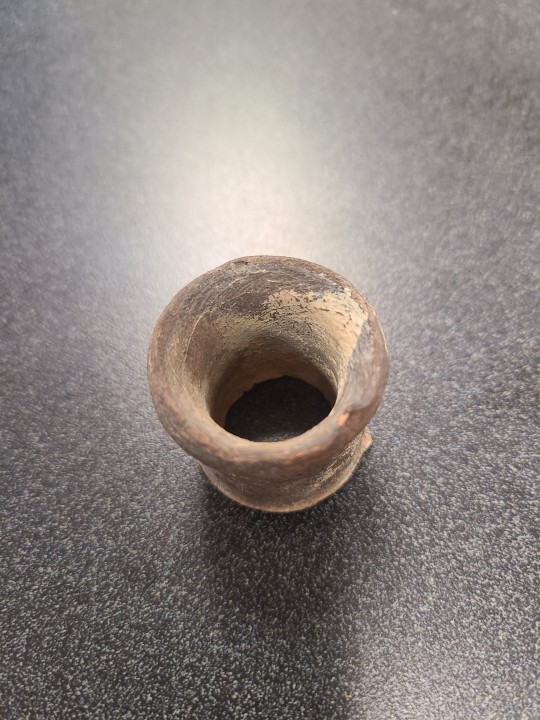
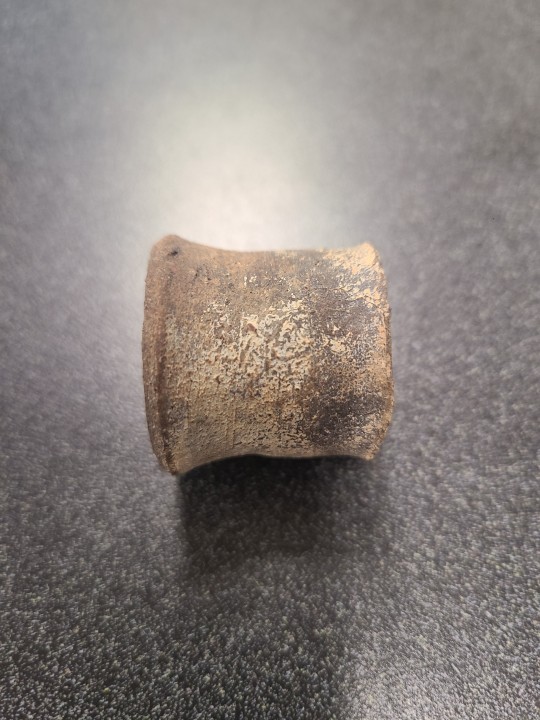
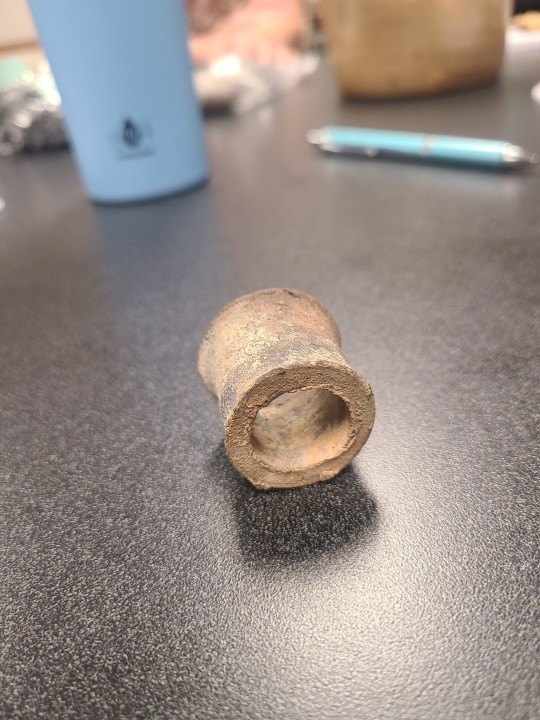
Hello archaeologists of Tumblr! I'm currently doing my first field school, and the dig we're working on is a historic stoneware pottery workshop from the 1800s in northwest Arkansas. I got permission from my site director to share and reach out about these odd little pieces we've been finding there.
They are little stoneware cylindrical rings varying about 2-3cm in size, with a finished rim on one end, while the other end is roughly but deliberately cut in some way. The way this cut is done varies by piece, from wire cutting done before firing, to saw cutting after firing, to a sort of twisting snap. We're not sure what exactly they are! It doesn't make much sense for them to be miscellaneous discard because there are DOZENS of them scattered across the site. Some are in the groundhog-style kiln we are excavating, some are scattered around the kiln and in other areas. A bunch of them were found near the firebox.
The other professionals on site are kind of stumped as to what they could be. Apparently there isn't anything like it in their background research. They've entertained a few theories, including kiln furniture (though they're too delicately made compared to the other kiln furniture we've seen), spouts meant to be put in gourds, connectors for pipes, and even little sapling pots (there was a big apple industry in the area at the time). We haven't found any in-situ to definitively tell what they are for. There's just LOTS of them lol
Any ideas would be appreciated! Might be a fun little community exercise
#archaeology#historical archaeology#archaeologist#19th century stoneware#pottery#I dunno what else to tag this tbh
14 notes
·
View notes
Photo

#studyblr#notes#history#history notes#archaeology#archaeology notes#archeology#archeology notes#bioarchaeology#bioarchaeology notes#bioarch#bioarch notes#archaeo notes#archeo notes#archaeo#archeo#historical archaeology#historical archeology#bioarcheology#artefacts#artifacts
10 notes
·
View notes
Text
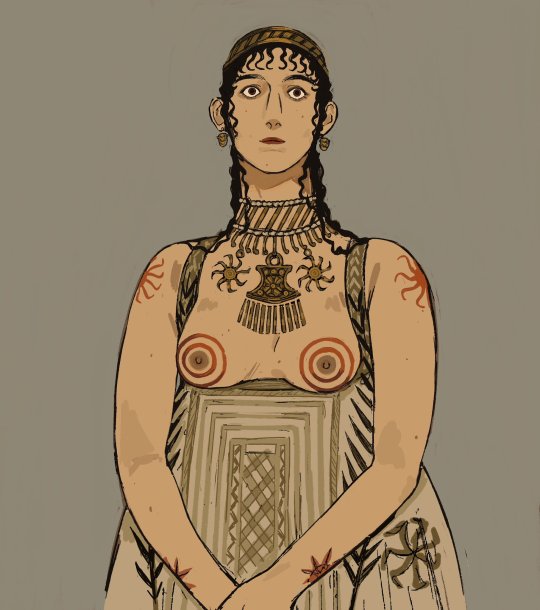

She
52K notes
·
View notes
Text
Broke: vampires are vulnerable to the trappings of Christianity only, particularly Catholicism, no matter how dubiously applied. (See: Van Helsing's Communion wafer grouting).
Woke: vampires are vulnerable to sincere faith of all kinds, and atheist vampire-hunters need to believe very strongly in the Power of Friendship or their love of Star Trek to get by.
Bespoke: vampires are vulnerable to the faith that they followed when they were alive, and hunters tracking down an ancient vampire are obliged to learn about Neo-Babylonian theology or Middle Palaeolithic bear cults.
#this is why ancient vampires are so powerful#in the absence of any other historical or archaeological evidence you have to cart around a full stone circle to defeat them#dracula daily adjacent posting
65K notes
·
View notes
Text
So I’m making a post, I guess? Maybe this will be fun!
I’m leading a dig in a Virginia currently on an island in the James River, and let me tell y’all…it’s been an event and it’s only Day 5 of 30.

I was unaware that the Small Little Pond You Don’t Need to Worry About is actually a large lake. With geese. That bite.

I have crossed countless log bridges through swamps. This one legit went on for over 200 feet until my team got to the end. Someone decided to trust me a Trimble while crossing this bullshit, and I’m still not sure why.

There are a lot of fallen trees from the recent ice storm. Like, A LOT of trees. Large trees. I’m short, but this thing is still massive. I also ruined my new Blundstones the day this was taken because I fell off a log bridge. I usually wear Timberlands in the field and Blunstones in the lab, but Timbs aren’t waterproof anymore?!??!? and I didn’t want to get tenchfoot in sub-freezing temps.
I still love my job though and can’t believe that I get to do this every day. I’ll put up with bugs, sore backs, snow, and busted fingernails because it means I can live my dream and help people know more about our shared pasts. Maybe I’m frigid and covered in swamp water, but it’s not much different than if I never left the farm.
I think the overall point of this story though is if any archaeologists see this post, send new boot recs, these aren’t cutting it for my tired dogs 😭
1 note
·
View note
Text
In the weeks since Hamas' Oct. 7 attack, Israeli airstrikes on the Gaza Strip have killed more than 15,000 Palestinians, according to Gaza's health ministry, and destroyed thousands of homes in the territory.
And there have also been tremendous losses to the region's ancient and globally significant cultural heritage. The region was a hub for commerce and culture under Egyptian, Greek, Roman and Byzantine rule. It remained influential for centuries thereafter.
A recent survey by the group Heritage for Peace details the damage done so far to more than 100 of these landmarks in Gaza since the start of the present conflict.
The casualties include the Great Omari Mosque, one of the most important and ancient mosques in historical Palestine; the Church of Saint Porphyrius, thought to be the third oldest church in the entire world; a 2,000-year-old Roman cemetery in northern Gaza excavated only last year; and the Rafah Museum, a space in southern Gaza which was dedicated to teaching about the territory's long and multi-layered heritage — until it was hammered by airstrikes early on in the conflict. (...)
"If this heritage be no more in Gaza, it will be a big loss of the identity of the people in Gaza," said Isber Sabrine, president of Heritage for Peace, in an interview with NPR. (...)
"The people in Gaza, they have the right to keep and to save this heritage, to tell the history, the importance of this land," he said.
The 1954 Hague Convention, agreed to by Palestinians and Israelis, is supposed to safeguard landmarks from the ravages of war. But landmarks in Gaza have been destroyed by Israeli strikes in earlier rounds of fighting. Dozens of sites, including the now-obliterated Great Omari Mosque, suffered damage in 2014. A report by UNESCO, the United Nations body that designates and protects World Heritage sites, cites further destruction to cultural and historic sites in Gaza in 2021. (...)
Destruction of historical sites and other cultural sites is part of genocide, it's the destruction of the proof of a people's relationship to the land and a horrible emotional blow at the community. UNESCO must act immediately against Israel's destruction of Palestinian heritage, and every country and international organism must expel Israel and impose sanctions to make the genocide and apartheid end.
#💬#palestine#gaza#israel#free palestine#world heritage#cultural heritage#historical sites#archaeology#cultures
2K notes
·
View notes
Text
Hey you archaeologist weirdos, queerdos, and cool kids… what did you major in for undergrad? I’m so curious!
I’m studying it a little thanks to my college’s *build your own major* thing. It’s complicated but I can’t just outright study archaeology. I want to know more about how others got into their fields (both the dirt kind and the school kind). If y’all are down to share I’d love to hear!
#plz ignore me I’m just gonna tag things archaeologists follow lol#archaeology#history#archaeologist#archaeologists#trowel#time team#historical archaeology#am I just gonna tag dirt?#dirt#yea… I am
1 note
·
View note
Text
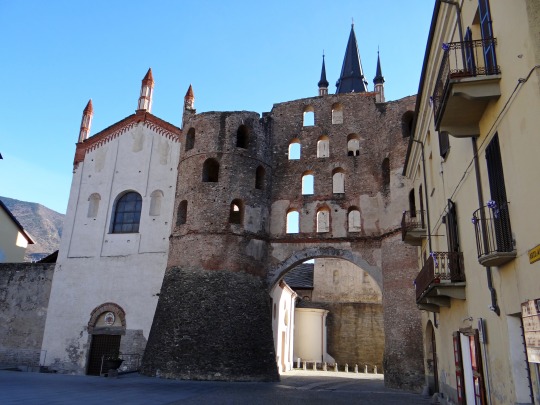

The Ancient Roman gate of Susa, Italy.
#ancient rome#italy#susa#architecture#historical architecture#city gate#gate#ancient architecture#archaeology#travel#urbanexploration#original photography#history#photographers on tumblr#lensblr#photography#wanderingjana
496 notes
·
View notes
Text

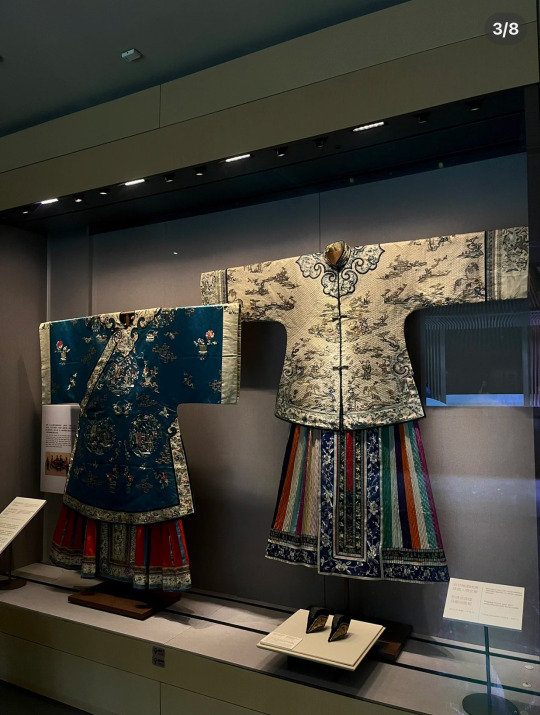
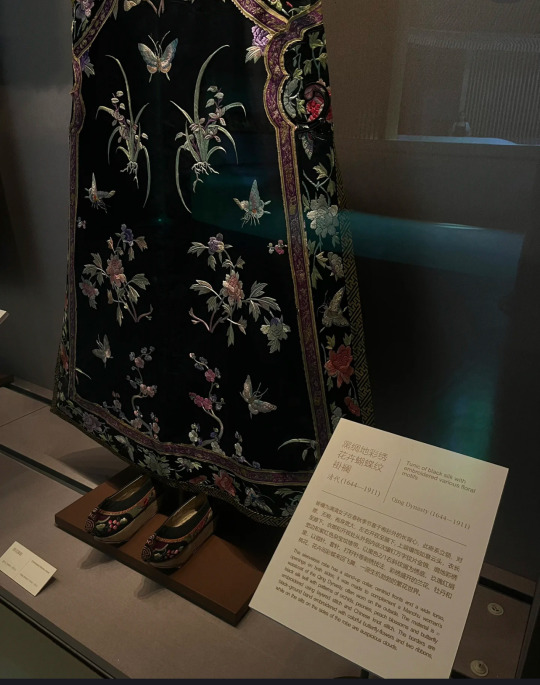
Qing Dynasty hanfu (1644-1912) Silk Museum of HangZhou (杭州丝调博物馆)
#china#chinese history#history#qing dynasty#education#language#archaeology#etymology#hangzhou#qing#artifacts#historical#historical clothing
215 notes
·
View notes
Text
I'm so sad u.u I picked up a lot of cool bottles from this job I've been doing. I wasn't supposed to collect anything but I did it anyway. I guess my supervisor liked that...he came and took all my cool 1940s bottles. Including the nail polish from my previous post. So sad. So so sad. There were some other cool bottles that I didn't get to photograph and research.
5 notes
·
View notes
Note
how old do things need to be to be considered archaeology? like hypothetically a landslide buries 3 buildings respectively from 2000, 1900 and 1800. if you dig up these buildings which one can be considered archaeology and which one is just 'digging up a building'?
This is an awesome question that doesn't have a single right answer. Traditionally, in the United States/North America (which is where I work, although other places have different definitions) the term Historical Archaeology is used for events starting with written history up until 50 years before the present day.
There are some serious problems with this definition. Namely, it privileges European history/worldview over the millennia of history created and experienced by Indigenous peoples who were here long before the first colonists showed up.
But also, why limit ourselves to 50 years before present? There are some historic reasons for this measure, but ultimately it's fairly arbitrary. There's a whole group of archaeologists right now (myself included) who are pushing back at this temporal limit by doing archaeology of significantly more recent events. Archaeology of the COVID-19 Pandemic was being conducted during 2020-2021. Some of the material culture that I work with has never even been in the ground.
So perhaps the best answer to your question when does it become archaeology is: it heavily depends on which archaeologist you ask. To me, each of your three hypothetical buildings has the potential to be the focus of an archaeological investigation. (And this doesn't even get into all of the interesting conversations we could have about a house from the 1800s that has been continuously occupied, etc)
-Reid
71 notes
·
View notes
Text

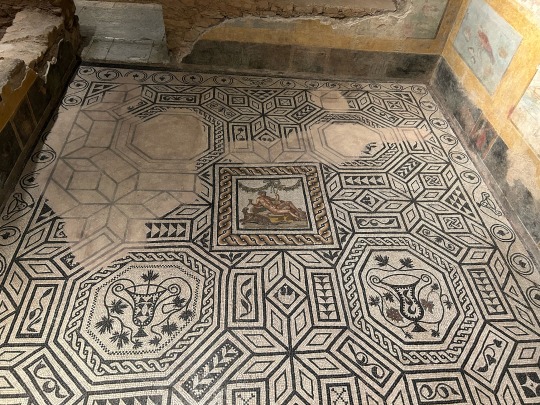




Ancient Roman houses found under the garden of a former monastery. Santa Giulia Museum, Brescia
March 28, 2024
#italia#italy#brescia#original photography#photography#travel#photographers on tumblr#architecture#lensblr#historical architecture#ancient architecture#unesco#ancient rome#ancient ruins#archaeology#mosaic#house#old house#house design#wanderingjana
168 notes
·
View notes
Text

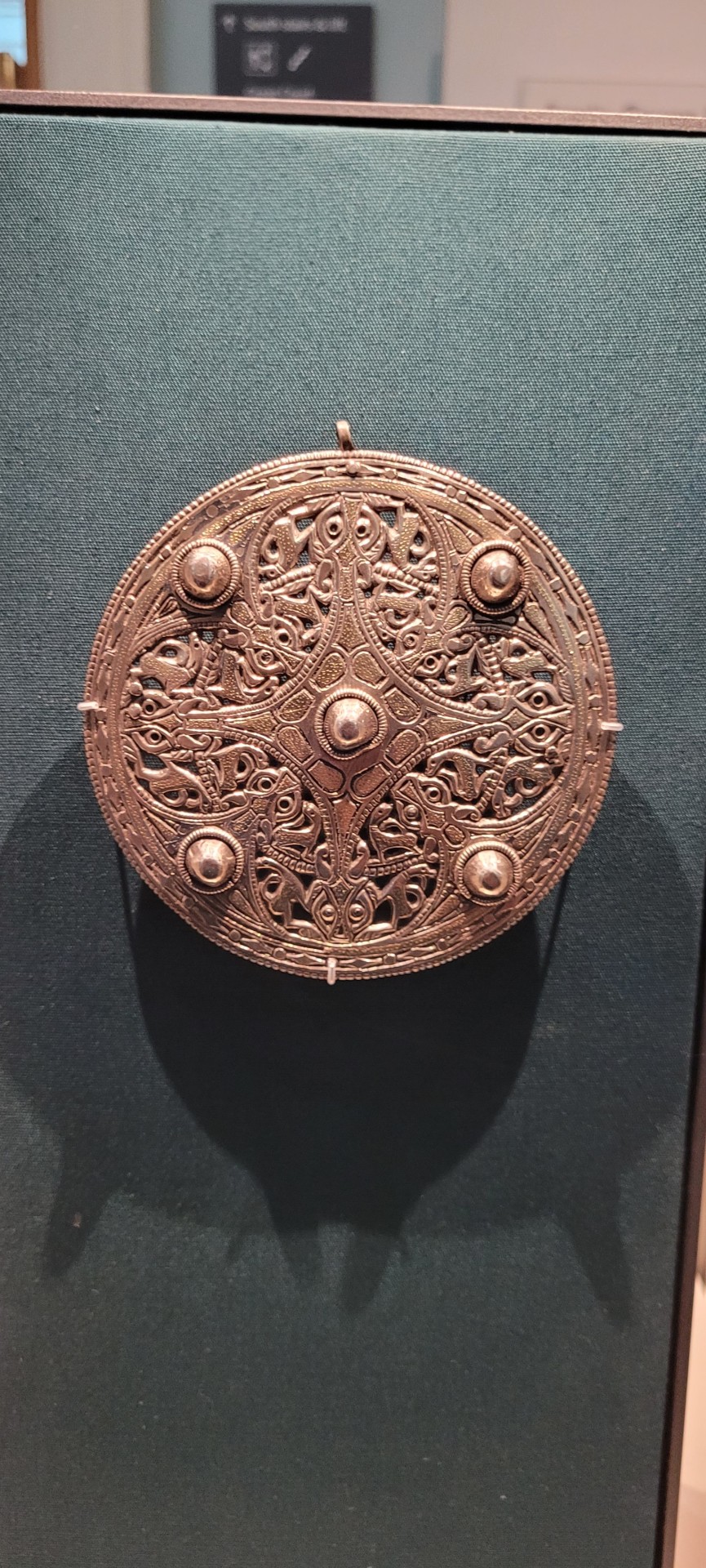
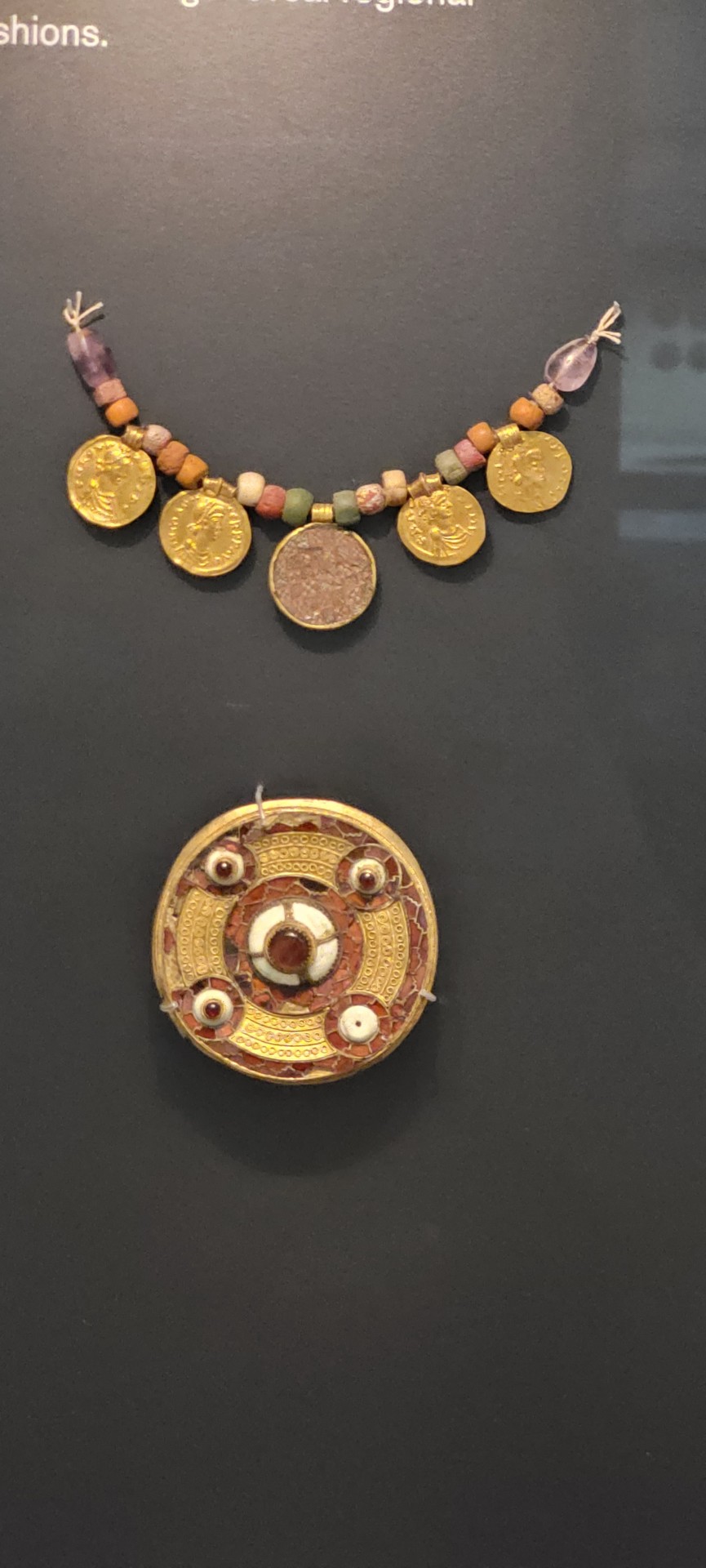

I have an unhealthy obsession with the Sutton Hoo burial, items currently displayed in the British museum.
...think they'd let me try the helmet on if I asked nicely?
502 notes
·
View notes